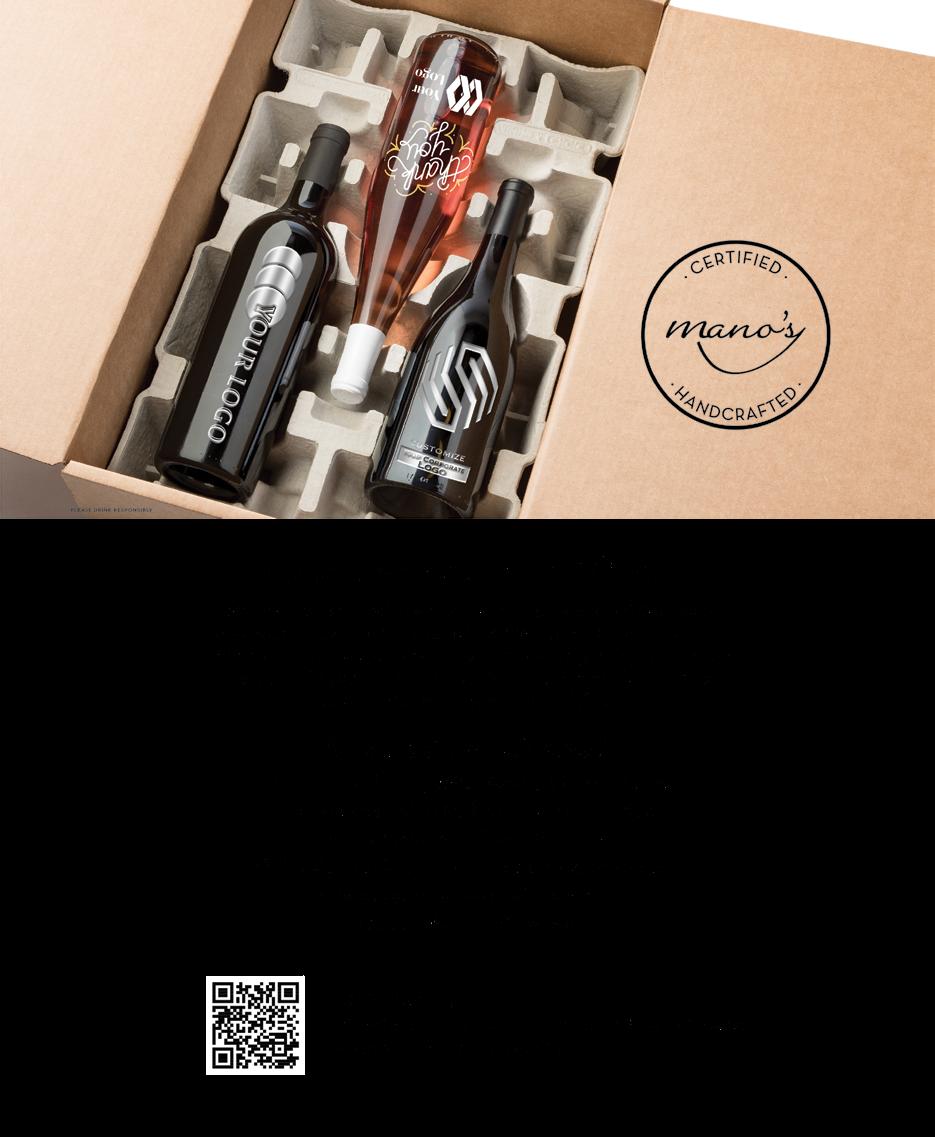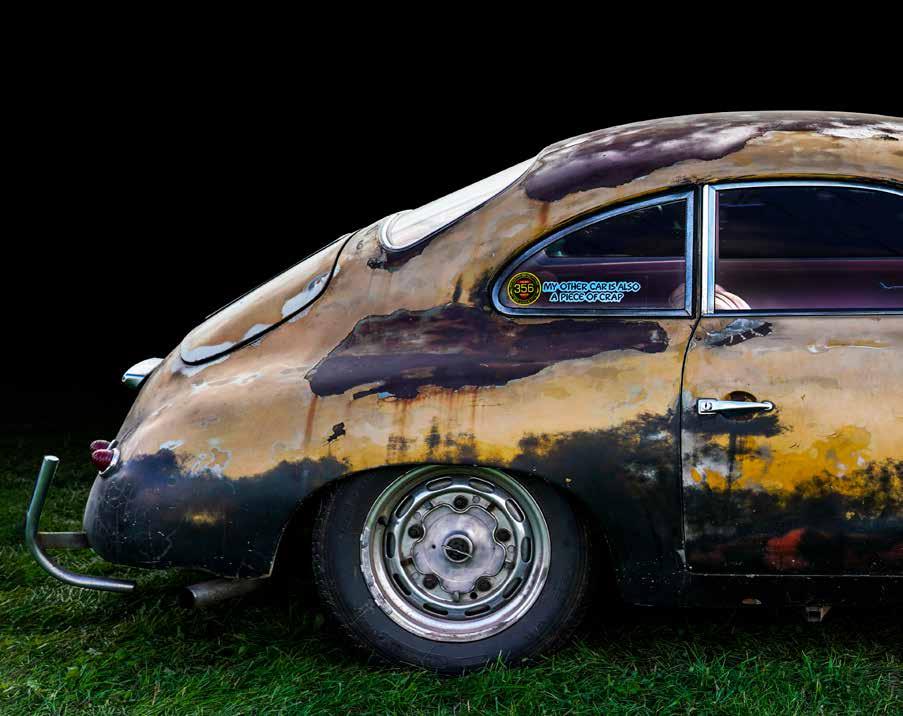
5 minute read
An Homage to Porsche.
Porsche has long held an allure for me, starting in the mid1950s when I was about 10 years old. I remember folding myself into the tiny rear seat of a cream-colored 356 Porsche as my dad zipped around corners in my hometown of Decatur, Ill. One of his good friends was a car dealer who sold Jaguars, Triumphs, and the occasional Porsche, which is how I got the ride. The slightly wheezy sound of the tiny air-cooled four-cylinder engine was unlike anything I had heard, and the way the car scampered around turns was a revelation in an era of big, bulky American cars that took corners as if they were land yachts.
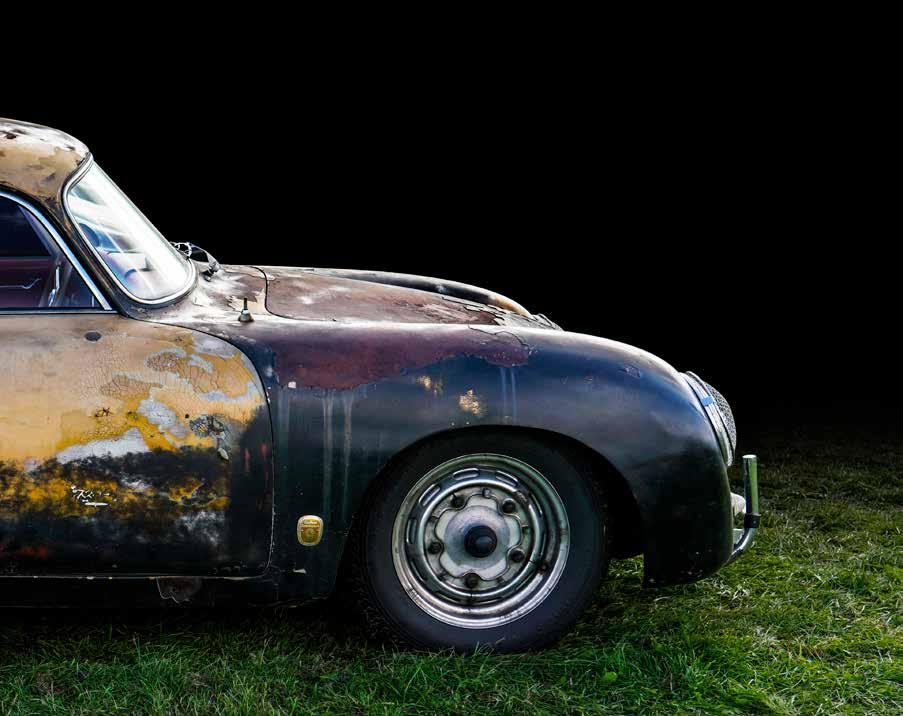
Advertisement
This year marks the 75th Anniversary of Porsche. Under the leadership of Ferry Porsche, Ferdinand›s son, the first car bearing the official emblem of Porsche was built at the end of the World War II. It was the legendary Porsche 356, the original Porsche, the predecessor that incorporated the unmistakable characteristics of every later Porsche model. My fascination with the cars from Zuffenhausen, Germany, began with that ride in a little 356 and continues to this day.
My older brother bought a new silver Porsche 914 2.0-liter in 1972 in Denver. My wife and I were living in Colorado at the time and his 914 was like magic to me. One Friday evening, on the way to Aspen for a Porsche club driving school, he let me drive across the high plains of Colorado, and I began chasing a Pontiac Trans Am out of Leadville. Even though his 914 only had a bit more than 100 horsepower, it was light and agile, and, as I zigged and zagged through the hills, it felt like flying a small plane. My brother, now 88, still owns that 914, although it has been modified with factory steel GT fender flares, 911 brakes, and wide wheels. Someday I hope to be its next owner.
My wife and I moved our family from Colorado to Kansas City in late 1978, and in 1986 I bought a used metallic-gold 944 with dark-brown leather interior that was owned by Jim Hale, then publisher of the Kansas City Star. The front-engine 944 was unlike the rear-engined cars because it had a perfect 50/50 front/ rear weight balance that gave it exceptional handling. As our family got older and bigger, the 944 moved on to a new owner, replaced by a boring, but practical, Honda sedan.
As the automotive writer of The Kansas City Star for more than two decades, I had the chance to drive Porsches many times, including taking part in several day-long Porsche driving schools along with fellow journalists. One of the most memorable was the sensation of driving a screaming yellow Carrera GT around the Waterford Hills track near Detroit, its 5.5-liter, V-10 engine pumping out 605 howling horsepower. The GT, produced from 2004 to 2006, was a super car on par with the fastest around and its acceleration and braking were unlike anything I had ever experienced. During the day I also drove several other Porsches, including a basic Boxster. In the Boxster I could feel the DNA of the Carrera GT: It was balanced, nimble, and communicated directly with the driver. That day was the impetus for me buying a used 2006 Boxster about five years later, a car that I kept for more than five years.
The Carrera GT, produced from 2004 to 2006, had a 5.5-liter, V-10 engine, pumping out 605, located midway in the chassis.
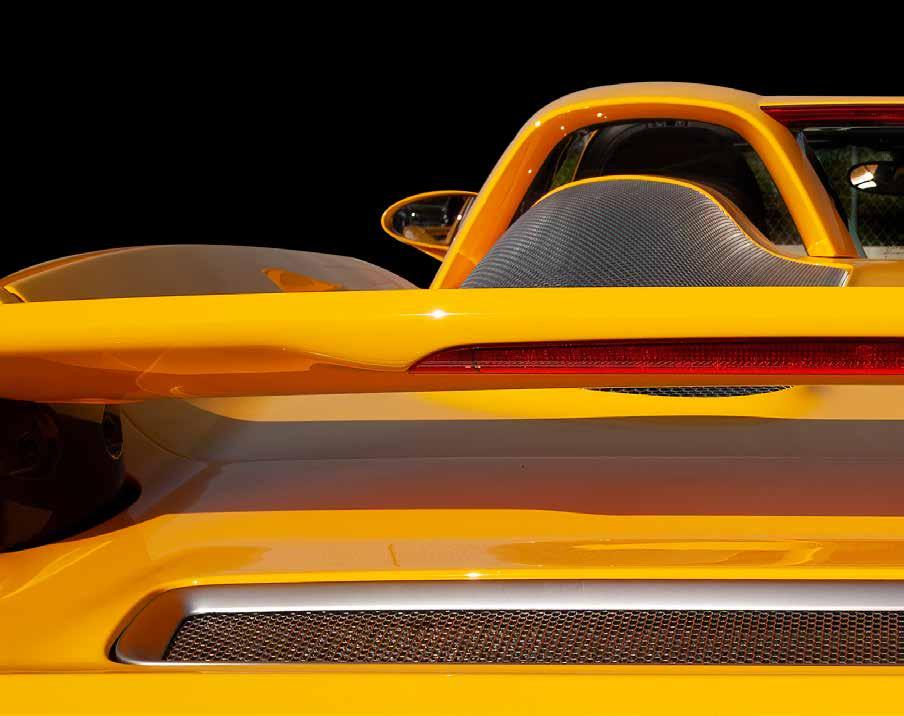
Prior to the Boxster, I got the bug for a vintage Porsche Speedster, but real cars were financially out of reach. I found the next best thing, an Intermeccanica replica of a 1957 Porsche Speedster. The Intermeccanica used a shortened Volkswagen chassis, a Volkswagen engine, and a fiberglass body molded from a real 1957 Speedster. Mechanically and physically, it was nearly the same as an original. The Speedster is one of the most iconic automobile designs of all time. The round, squat roadster with a tiny windshield and a vestigial top that was almost never used, sThe Porsche 911 SC, introduced for model years 1978 to 1983, represented an important evolution from the Carrera 2.7 in the form of an aluminum engine. The engine’s displacement was increased to 3.0-liters and featured Bosch K-Jetronic fuel injection. fine-tune the aerodynamics and arrive at a chassis that has a curb weight of just over 3,300 pounds. scar, with functionality and visibility paramount.” The central tunnel is clad with carbon fiber and only carries the switches that are necessary. was the sporty version of the 356 convertible. I used to look at my replica Speedster as it sat in the garage and marvel that I owned one of the most iconic automobiles ever designed. It required a lot of DIY work that challenged my modest mechanical skills, and after about five years I sold it to a friend. I decided I wanted a convertible with a working top, roll-up windows, and air conditioning, so I and bought a used 2006 Boxster. After five years with the Boxster,

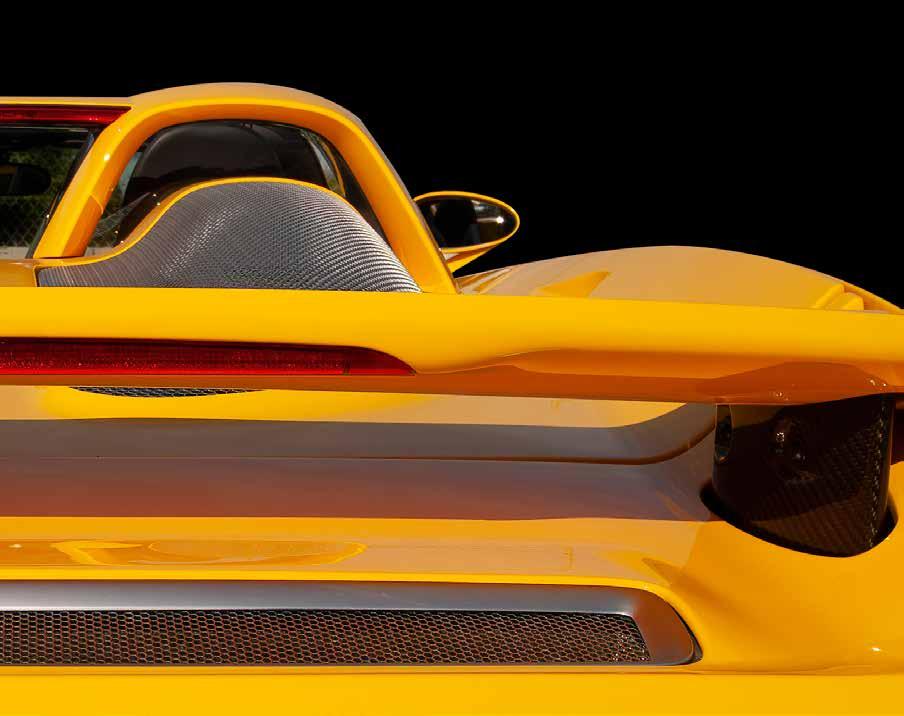
This 1979 Intermeccanica Speedster replica captures the essence of the original at a bargain price. I owned this car for five years. It rides on a modified Volkswagen chassis and has a Volkswagen engine.
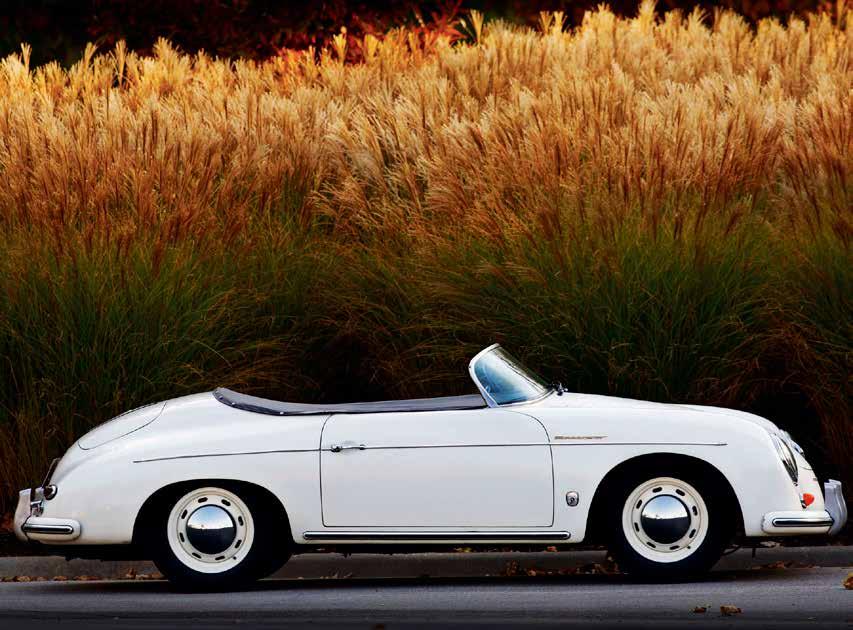
The carbon-fiber chassis makes use of underbody aerodynamics that help keep the top of the car sleek and sensual with rounded contours that echo classic design. The nose contains a grille that is recognizably Maserati complete with the Trident emblem.
Maserati and Sabelt collaborated on the design and creation of the MC20 seats. A composite structural shell, equipped with power adjustments and lumbar system, represents the essence of the MC20 project: sportiveness at a high quality and performance level.
The MC20’s Sonus faber audio embodies the translation of its name, “handmade sound” that illustrates how both brands desire to pair innovative technologies and skillful craftsmanship.
Upward-opening “butterfly” doors pivot forward to so the driver and passenger can get into the cabin with a minimum of interference. The cabin is understated, and driver focused. The interior shapes are simple, with few sharp corners and the upholstery and interior materials are black to prevent reflections on the steep sloping windscreen. Plus, black lends a feeling of understated elegance. There are two LCD screens in the instrument panel, one in front of the driver for gauges and one in the center above the console. Maserati emphasizes that “everything is laid out just like the cockpit of a racing
Committing the MC20 to production is a bold statement from Maserati about how it sees itself, both today and in the future when an all-electric version will be available. That forward vision is necessary for a company that has such a long and storied history.
I traded it for a 2015 Macan S. The Macan was a fabulous car and my wife and I drove it 106,000 miles in eight years. It was recently replaced with a 2023 Macan T, and I anticipate another eight years of enjoyment.
Photography has been an occupation of mine since I was a teen, and capturing photographs of Porsches, at car shows, vintage sports car races, or anywhere they are found, has been a passion.
ABOUT THE AUTHOR / PHOTOGRAPHER
ABOUT THE AUTHOR / PHOTOGRAPHER
Tom Strongman has a degree in photojournalism from the University of Missouri and was formerly the director of photography and then the automotive editor of The Kansas City Star. Tom, a member of the Missouri Press Association Photojournalism Hall of Fame, has written about and photographed cars for more than three decades.
Tom Strongman has a degree in photojournalism from the University of Missouri and was formerly the director of photography and then the automotive editor of The Kansas City Star. Tom, a member of the Missouri Press Association Photojournalism Hall of Fame, has written about and photographed cars for more than three decades.
